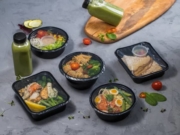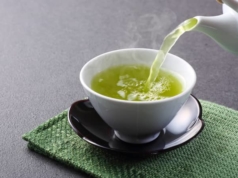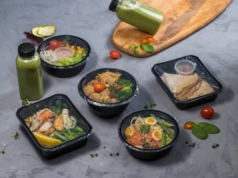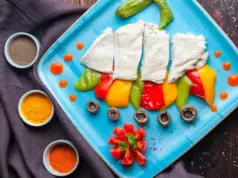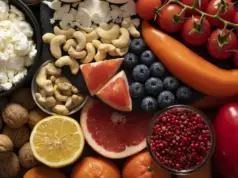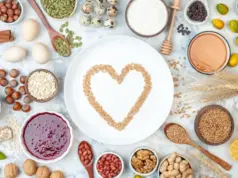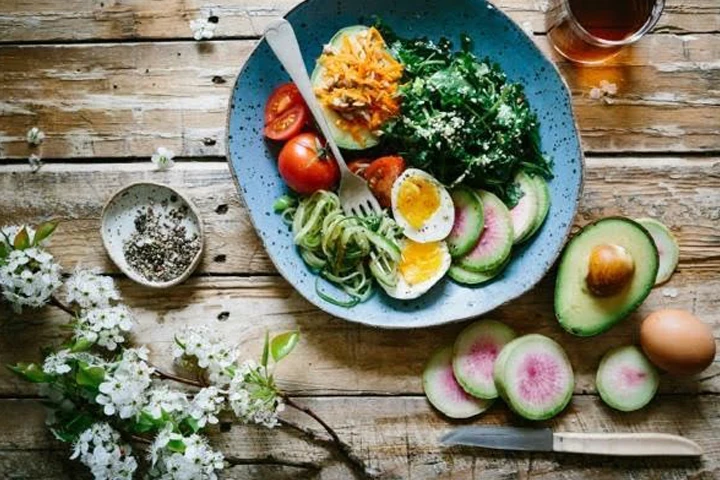Indian cuisine is deeply rooted in culture, heritage, and tradition. From aromatic curries to wholesome lentils, the food is not only about taste but also about nourishment. However, with changing lifestyles and a growing awareness of health, traditional recipes are being reimagined with modern, nutritious twists. This fusion keeps the essence of age-old flavors alive while catering to present-day wellness needs.
Reinventing Breakfast Classics
Take the traditional idli and dosa from South India. These staples are often made with rice and lentils, but many are now experimenting with alternatives such as quinoa, oats, or millet. Quinoa idlis or ragi dosas offer higher fiber and protein, making breakfast lighter yet more filling. Similarly, poha, usually made with flattened rice, is now being prepared with red rice flakes or even sprouted grains, giving a fresh take on a beloved morning dish.
Lighter Versions of Comfort Foods
Comfort foods like parathas and puris often carry the reputation of being heavy. Today, healthier versions are gaining popularity. Parathas are being stuffed with greens such as spinach, kale, or beetroot and cooked with less oil. Puris, instead of being deep-fried, are baked or air-fried while still offering the familiar crispness. These changes allow families to enjoy their comfort foods without the guilt.
Reviving Ancient Grains
Millets, once a forgotten grain, have made a remarkable comeback. Dishes like khichdi are now made with foxtail millet or barnyard millet instead of rice, enhancing nutrition while retaining the soul of the recipe. Even traditional sweets like laddoos are being crafted with flours made from bajra, jowar, or ragi, replacing refined ingredients with wholesome alternatives.
Modern Takes on Street Foods
Street food holds a special place in Indian hearts. From chaat to pav bhaji, these dishes are often rich and indulgent. The modern twist comes in with baked, roasted, or grilled variations. For example, instead of fried samosas, baked samosas stuffed with peas, paneer, or even quinoa make for a healthier option. Pav bhaji can be made with multigrain buns, and the bhaji itself enriched with extra vegetables. These changes preserve the spirit of street food while reducing heaviness.
Healthier Desserts
No Indian meal feels complete without something sweet. Traditional desserts like kheer and halwa are being reimagined with healthier ingredients. Coconut milk or almond milk replaces full-fat dairy, while jaggery, dates, or honey step in for refined sugar. Gajar halwa, for instance, is now prepared with less ghee and more natural sweeteners, retaining its nostalgic taste with a nourishing twist.
Mindful Cooking Techniques
The evolution of Indian food isn’t just about ingredients—it is also about techniques. Air-frying, steaming, grilling, and baking are replacing deep-frying in many households. Even the use of cold-pressed oils and fresh herbs is making traditional dishes feel lighter while enhancing their natural flavors.
Conclusion
The beauty of Indian cuisine lies in its adaptability. By blending traditional recipes with mindful ingredients and modern cooking methods, families can enjoy the comfort of age-old flavors while embracing healthier choices. These innovations prove that tradition and health can coexist beautifully on the plate, creating food that nourishes both body and soul.















